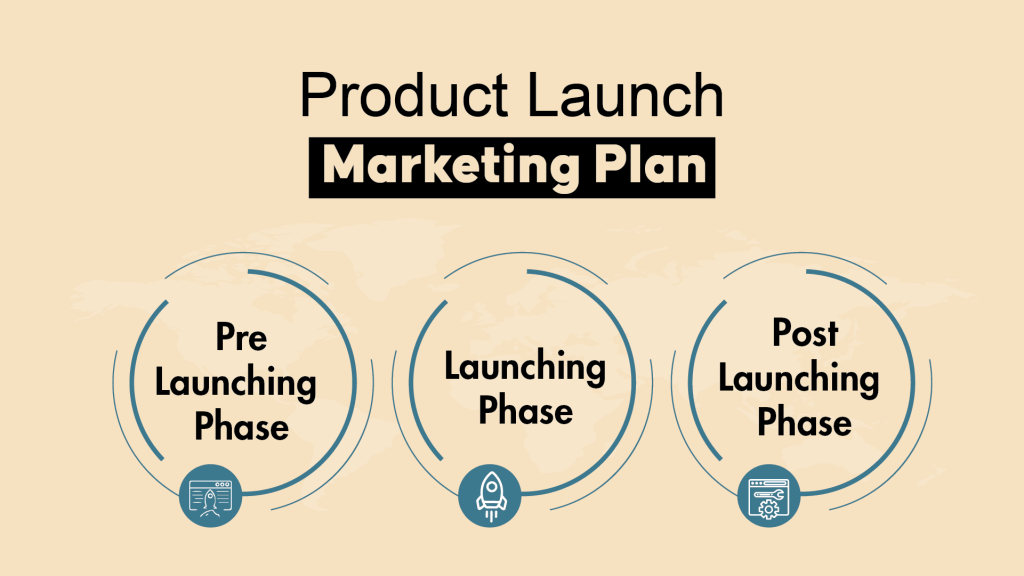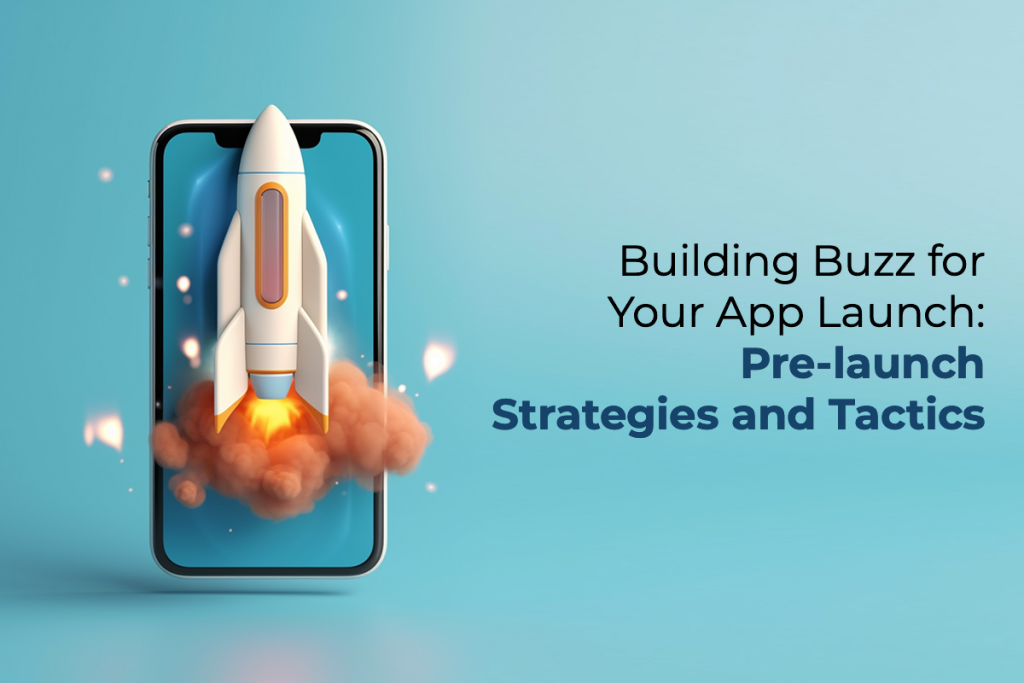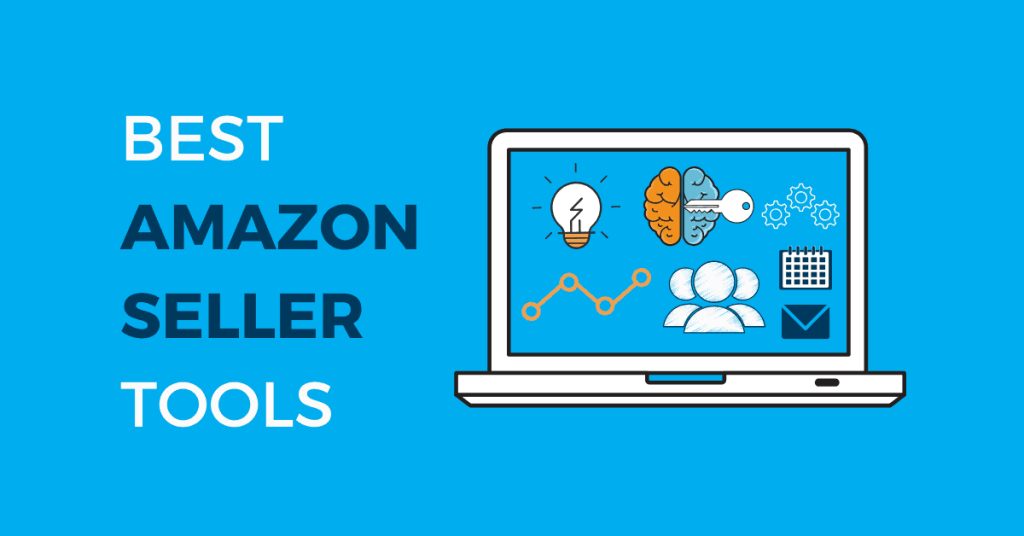
Creating an Effective Amazon Launch Strategy for New Product Lines
Entering the Amazon marketplace with a new product can be both exciting and daunting. A well-executed launch strategy is critical for maximizing visibility, generating sales, and building momentum for long-term success. Whether you’re a new seller or an established brand launching a new product line, this comprehensive guide outlines the key components of an effective Amazon launch strategy.

1. Pre-Launch Planning: Setting the Stage for Success
Before your product goes live, careful planning is essential. The more preparation you do before the launch, the better your chances of standing out in a competitive marketplace.
a) Market Research and Competitor Analysis
Conduct in-depth market research to understand your niche, identify your target audience, and analyze your top competitors. Look at their pricing, customer feedback, and best-performing keywords. Tools like Helium 10, Jungle Scout, and Amazon’s Brand Analytics can provide valuable insights.
b) Optimize Your Product Listing for SEO
Creating a fully optimized product listing is the backbone of your Amazon launch strategy. This involves:
- Crafting a compelling title with high-ranking keywords
- Writing a benefits-focused product description that addresses customer pain points
- Creating clear, concise bullet points highlighting key features and benefits
- Using high-quality images and infographics that showcase your product in detail
- Implementing A+ Content (if available) to enhance your listing and build brand authority
c) Establish Your Pricing Strategy
Decide on a competitive pricing strategy to encourage early sales and build momentum. Consider using an introductory pricing or discounted launch offer to attract first-time buyers and incentivize purchases. Keep in mind Amazon’s pricing rules and ensure your product is competitively priced against similar offerings in your category.

2. Creating Buzz Before the Launch
Building anticipation and generating buzz before your product goes live can significantly impact your launch success. Here’s how to get started:
a) Leverage Social Media and Influencers
Engage with your audience on social media platforms like Instagram, Facebook, and TikTok. Share teasers, behind-the-scenes content, and product benefits to create excitement. Partner with influencers in your niche to build credibility and reach a wider audience.
b) Use Amazon’s Early Reviewer Program and Vine
Amazon’s Vine Program is an excellent way to gather trustworthy, high-quality reviews from verified reviewers. Positive reviews can boost your product’s credibility and increase its chances of ranking higher in search results. If you’re not eligible for Vine, consider launching a small-scale Early Reviewer Program to gather initial feedback.
c) Email Marketing and Existing Customer Outreach
If you have an existing email list, utilize it to announce your new product launch. Offer exclusive discounts or early access to create a sense of urgency and reward loyal customers. Email marketing can drive traffic to your listing from day one, giving your product an immediate sales boost.

3. The Launch Phase: Maximizing Visibility and Sales
Once your product is live, the focus shifts to driving traffic, generating sales, and increasing visibility. Here’s a step-by-step plan for a successful launch:
a) Utilize Amazon Advertising
Investing in Amazon PPC (Pay-Per-Click) ads is a must for any product launch. Start with a Sponsored Products campaign targeting high-converting, relevant keywords identified during your research phase. Test and refine your ad strategy by:
- Running automatic campaigns to identify additional keyword opportunities
- Using manual campaigns for targeted keywords and high-traffic search terms
- Exploring Sponsored Brands and Sponsored Display ads if you’re brand-registered
b) Consider Using Coupons and Promotions
Coupons and limited-time promotions can help incentivize purchases and boost conversion rates, especially in the early days of your launch. These promotions can give your product a “Best Seller” tag, increasing its attractiveness and visibility.
Note: Amazon has recently tightened its restrictions on coupons, especially for new ASINs without a sales history. If you have a large catalog of custom or low-selling ASINs, consider discussing options with your Amazon SAS representative to secure an exception.
c) Engage with Early Customers and Monitor Feedback
Respond quickly to customer reviews and feedback, both positive and negative. Engaging with your customers shows that you value their input and helps build trust. Use feedback to make adjustments, refine your product listing, and address any issues promptly.

4. Post-Launch Optimization: Maintaining Momentum
After the initial launch phase, your goal is to maintain sales velocity and continue building your product’s ranking on Amazon.
a) Analyze Performance and Adjust Your Strategy
Regularly monitor your product’s performance using Amazon Seller Central metrics and third-party analytics tools. Track key metrics such as:
- Conversion rate
- Click-through rate (CTR)
- Sales velocity
- Advertising cost of sales (ACoS)
Use this data to make informed adjustments to your listing, pricing, and ad strategy. For instance, if you notice high traffic but low conversions, it may indicate an issue with your product images or pricing.
b) Optimize Your Amazon PPC Campaigns
Continually refine your PPC campaigns to maximize ROI. This involves pausing underperforming keywords, reallocating your budget to high-converting search terms, and testing different ad types. Dynamic bidding strategies, like Amazon’s “Down Only” or “Up and Down” bids, can help you optimize ad spend based on real-time performance data.
c) Expand Your Reach with Amazon DSP and Off-Platform Marketing
To take your product’s visibility to the next level, consider using Amazon DSP (Demand-Side Platform) for display advertising. This can help you reach a wider audience both on and off Amazon, reinforcing your brand and driving additional traffic to your listing. Combine this with off-platform marketing strategies, such as social media ads or influencer partnerships, to create a comprehensive approach.
5. Utilize Amazon Tools for Long-Term Success
Amazon offers several tools and programs to help sellers build brand authority and maintain sales growth over time. Consider integrating the following into your post-launch strategy:
- Brand Registry for enhanced protection and access to advanced tools like A+ Content and Amazon Attribution
- Amazon FBA (Fulfillment by Amazon) for streamlined logistics and improved customer service
- Subscribe & Save for consumable products to encourage repeat purchases

Final Thoughts
Launching a new product on Amazon is a complex process that requires careful planning, strategic execution, and ongoing optimization. By following these steps, you can maximize your chances of a successful launch, build brand authority, and drive long-term sales growth.
Remember, the key to a winning launch strategy is flexibility. Monitor your results, stay agile, and be ready to make adjustments based on data and customer feedback. With a proactive approach, your new product line can thrive on Amazon’s competitive platform.














